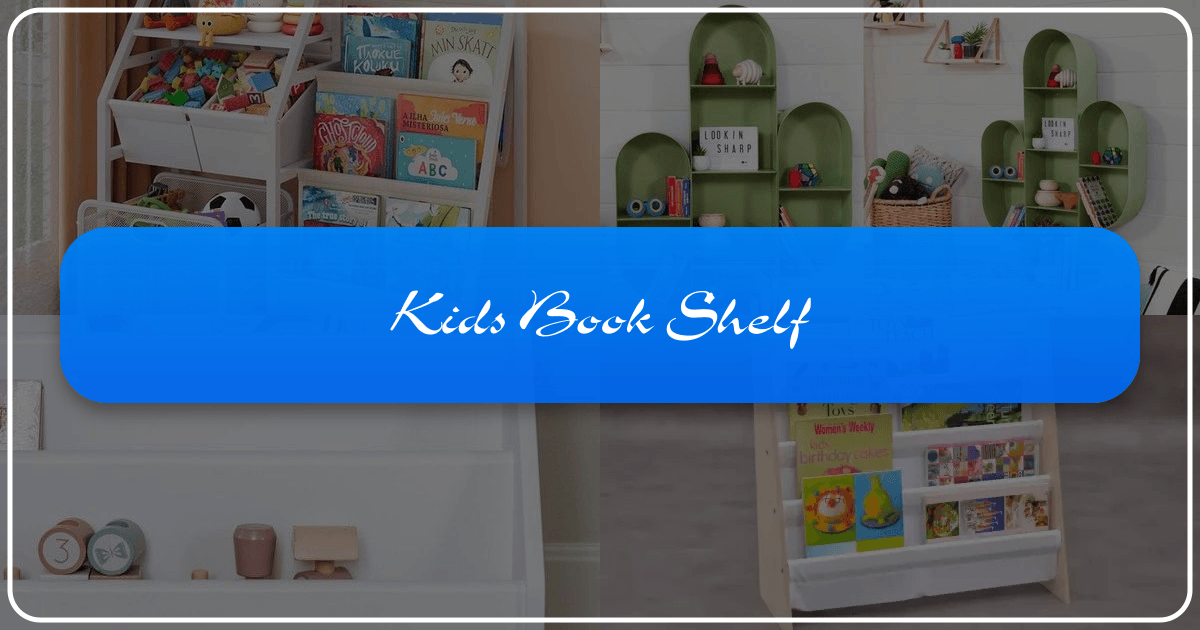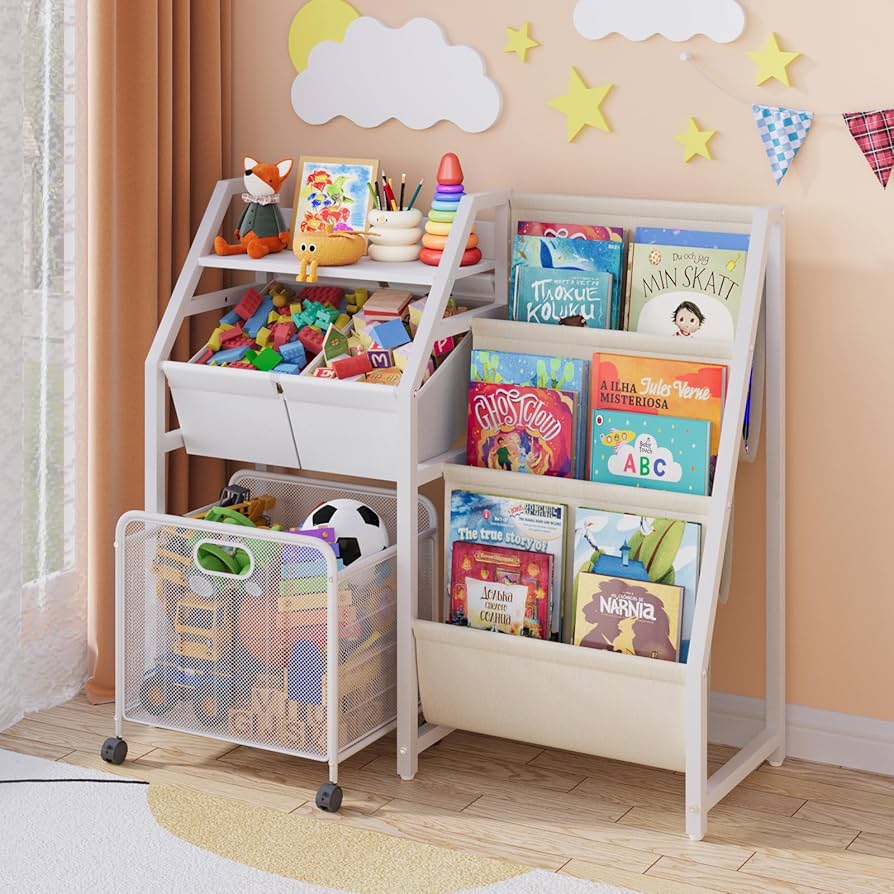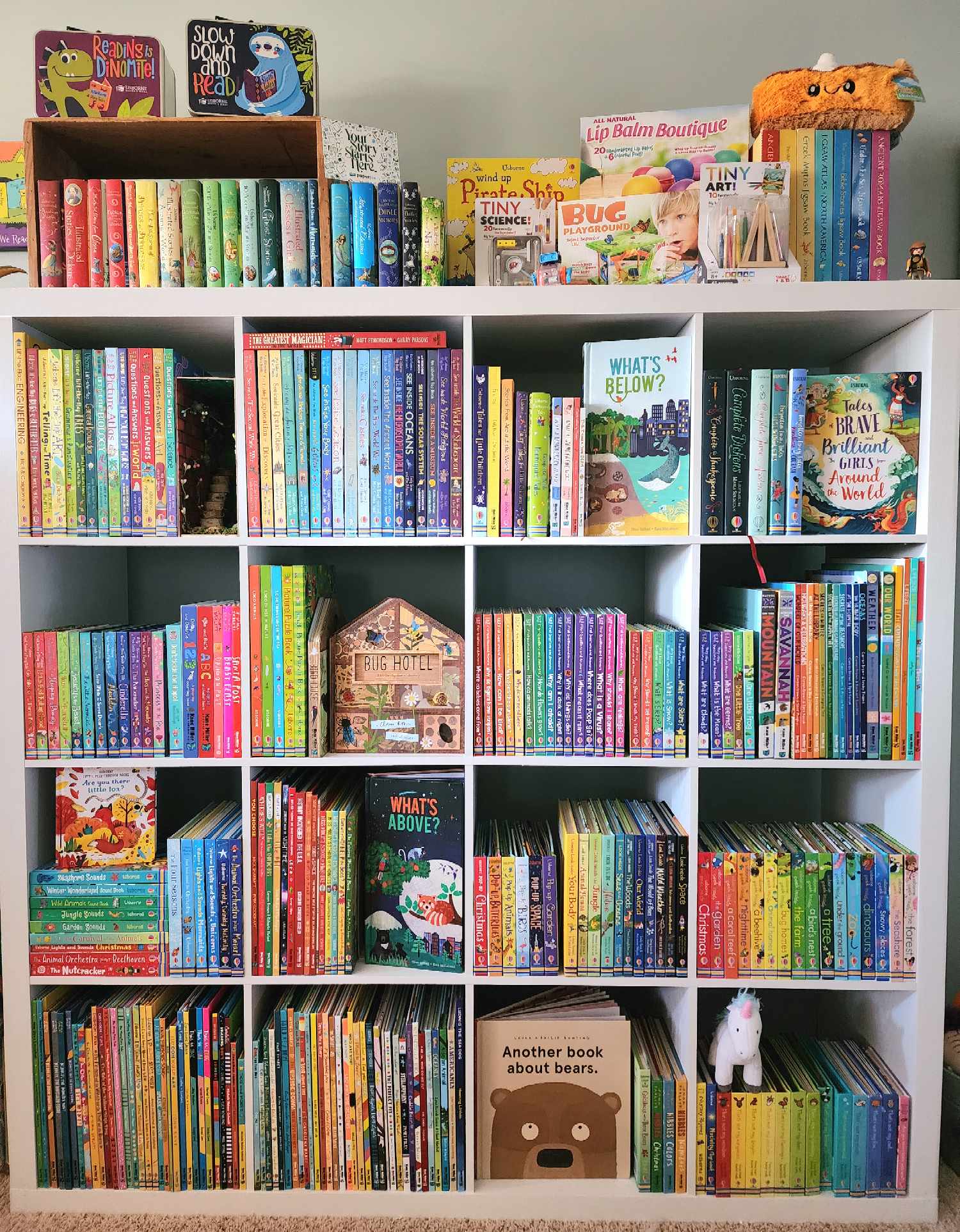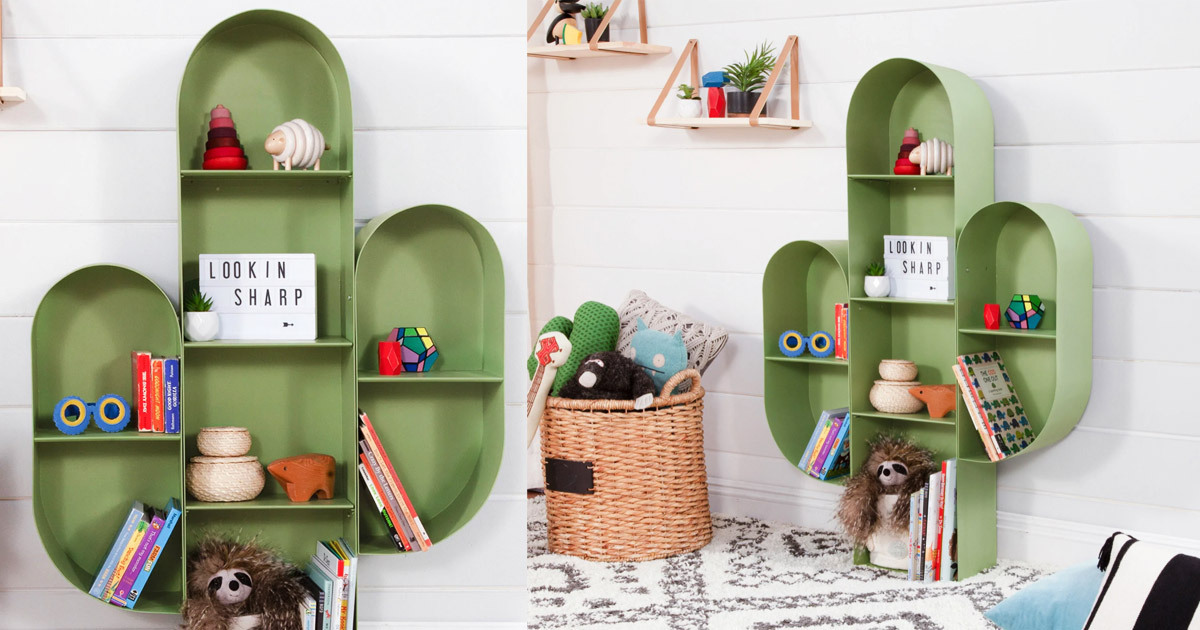The Kids' Bookshelf: A Comprehensive Guide

The humble bookshelf. A seemingly simple piece of furniture, yet it holds the potential to transform a child’s room, fostering a love of reading, encouraging organization, and adding a touch of style. This guide delves into the world of kids’ bookshelves, exploring various aspects from design and functionality to the wider cultural impact of reading and the importance of libraries in a child’s development. We’ll examine what makes a great kids’ bookshelf, considering different age groups, needs, and aesthetics. Ultimately, we aim to help you find the perfect bookshelf to nurture a child’s imagination and love of stories.

1. Bookshelves: Design, Features, and Functionality
The ideal kids’ bookshelf goes beyond mere storage; it’s a carefully considered piece of furniture that caters to a child’s developmental needs and aesthetic preferences. Several key factors contribute to a bookshelf’s effectiveness:
1.1 Age Appropriateness:
Toddlers (1-3 years): For this age group, low, wide shelves are best. The books should be easily accessible, encouraging independent exploration. Consider shelves with rounded edges to prevent injuries. Durable, sturdy construction is crucial, capable of withstanding enthusiastic handling.
Preschoolers (3-5 years): Slightly taller shelves can be introduced, but accessibility remains key. Visual appeal is more important now; vibrant colors and fun designs can entice young readers. Consider open shelves to showcase book covers, encouraging browsing.
Older Children (6+ years): Taller, multi-tiered shelves are suitable for this age group, accommodating a growing collection of books. Functionality expands; incorporate features like storage compartments for toys, games, or school supplies. Consider incorporating adjustable shelves to customize storage space.
1.2 Accessibility and Organization:
Front-Facing Books: A key feature for younger children is the ability to easily see book covers. This encourages independent selection and strengthens recognition of favorite stories.
Open Shelving: Open shelving allows for better visibility and easier access, promoting self-sufficiency. Closed shelving might be appropriate for older children or for storing less frequently accessed items.
Storage Compartments: Integrated compartments or drawers offer a solution for storing items beyond books, keeping the bookshelf organized and reducing clutter. These compartments can be adjusted based on size and age.
1.3 Safety and Durability:
Sturdy Construction: A high-quality bookshelf should be made from durable materials, capable of withstanding the rigors of daily use by children. Look for robust materials like solid wood, MDF, or high-quality particleboard.
Rounded Edges: Rounded edges and corners minimize the risk of injury. Avoid sharp edges, which could present a safety hazard.
Anti-Tip Mechanisms: For taller bookshelves, an anti-tip device, such as a wall strap, is a critical safety feature, preventing accidents.
1.4 Aesthetic Considerations:
Color and Design: The bookshelf’s aesthetic should complement the child’s room decor and their personal style. Neutral colors are a versatile option that works well with changing preferences. Consider incorporating fun, age-appropriate designs or patterns.
Material and Finish: The choice of materials impacts the bookshelf’s durability and visual appeal. Solid wood offers a natural, warm aesthetic, while MDF or particleboard offer budget-friendly alternatives. Opt for non-toxic paints and finishes, especially for young children.
2. Authors and Their Influence on Children’s Literature
The authors who write children’s books play a crucial role in shaping young minds. Their ability to craft engaging narratives, compelling characters, and thought-provoking themes significantly impacts a child’s intellectual, emotional, and social development.
2.1 Biographies and Influences:
Learning about the authors behind the books can add another layer of engagement. Exploring their lives, writing styles, and inspirations can provide insights into the creative process and enrich the reading experience. Knowing that an author overcame challenges or drew inspiration from personal experiences can resonate deeply with young readers.

2.2 Famous Works and Literary Styles:
Children’s literature encompasses a wide variety of styles and genres, each with its own unique appeal. From whimsical tales to realistic fiction, exposure to diverse literary styles broadens a child’s understanding of storytelling and enhances their critical thinking skills. Discussing the use of language, imagery, and character development in various books can improve comprehension.
3. Reading and Learning: The Educational Value of Books
Reading is not merely entertainment; it’s a fundamental building block of a child’s cognitive, social, and emotional development. Books offer countless opportunities for learning and personal growth.
3.1 Summaries and Educational Value:

While the joy of discovery should be a key element of reading, summaries can be helpful for understanding complex themes or for engaging children who may be struggling with comprehension. Understanding the book’s message or central theme enhances the educational value.
3.2 Life Lessons and Reading Habits:
Children’s literature is rife with life lessons. Stories offer opportunities to explore complex emotions, ethical dilemmas, and social dynamics. Developing a love of reading fosters a lifelong habit that enriches a child’s life and provides a constant source of learning and enjoyment. Engaging children in discussions about the books they’re reading allows them to explore these concepts in a safe and stimulating environment.
3.3 Cultivating Reading Habits:
Creating a positive and encouraging reading environment is crucial for nurturing a love of books. Establish a regular reading routine, make reading a shared activity, and provide access to a diverse collection of books, including those that align with a child’s interests and reading level.
4. Libraries: Access to Knowledge and Resources
Libraries play a vital role in providing access to books and other educational resources, fostering a love of reading, and promoting literacy.
4.1 Public and Digital Libraries:
Public libraries offer invaluable resources, both physically and digitally. They provide access to a wide array of books, fostering a passion for reading in children from diverse backgrounds. Digital libraries expand access to a wealth of materials, removing geographical barriers.
4.2 Rare Collections and Archives:
Rare collections and archives preserve literary history and cultural heritage. These resources provide a window into the past, enriching a child’s understanding of literary trends and historical context. These collections can inspire young readers and writers.
5. Cultural Impact of Children’s Literature
Children’s literature is not confined to the pages of a book; it has a profound and lasting impact on culture. Stories shape our understanding of the world, reflect societal values, and inspire creativity.
5.1 Literary Influence and Adaptations:
Children’s books frequently inspire adaptations into other media, such as film, theater, and video games. These adaptations extend the reach of the original work, introducing new generations to beloved characters and stories. Analyzing these adaptations can be a valuable tool in literary analysis.
5.2 Awards and Communities:
Literary awards recognize excellence in children’s literature and draw attention to important and impactful works. These awards elevate the status of children’s literature and encourage the creation of high-quality books. Communities built around reading, such as book clubs and online forums, foster a love of reading and provide opportunities for sharing perspectives.
In conclusion, the kids’ bookshelf is much more than just a piece of furniture. It’s a gateway to worlds of imagination, learning, and cultural understanding. By thoughtfully selecting a bookshelf and actively engaging with children through reading and library visits, parents and educators can cultivate a lifelong love of books and unlock a wealth of opportunities for personal and intellectual growth.